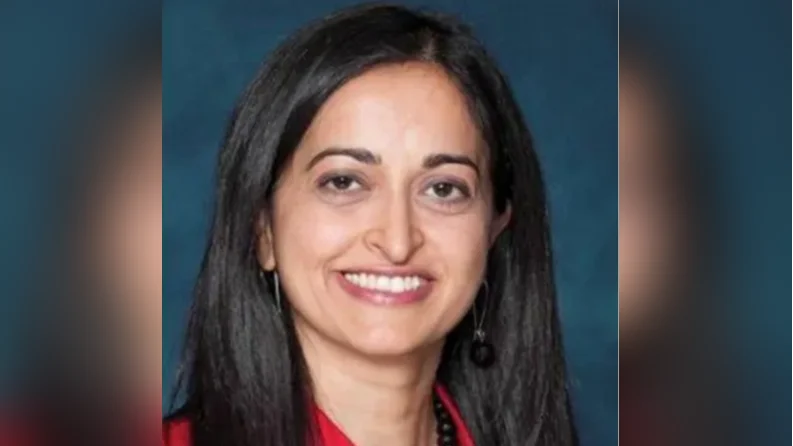
A recent study conducted at Mayo Clinic offers new insights into the treatment of glioblastoma, a particularly aggressive form of brain cancer. The research suggests that a novel approach may extend patient survival while maintaining their quality of life.
Richard Casper, an Arizona resident diagnosed with glioblastoma in 2019, participated in the clinical trial at Mayo Clinic in Phoenix. Despite being given only months to live, Richard's family credits his extended survival to both his resilience and the innovative medical care he received. Susan Casper, Richard's daughter, expressed amazement at her father's prolonged survival: "To be almost two and a half, three years in after being told you only have a few months, it's quite remarkable."
The trial was led by Dr. Sujay Vora, a radiation oncologist at Mayo Clinic in Arizona. It involved advanced imaging technology and cutting-edge radiation therapy for patients over 65 with newly diagnosed WHO grade 4 malignant glioblastoma. Dr. Vora noted the promising results: "The patients lived longer than we expected... Our average survival was 13.1 months." He added that some patients lived nearly two years.
Dr. Vora explained that glioblastoma is challenging due to its aggressive nature and tendency to invade healthy brain tissue. This makes complete surgical removal difficult compared to other cancers like breast cancer.
The clinical trial utilized metabolic imaging, proton beam therapy, and hypofractionation—shorter courses of radiation—as a combined treatment strategy for older patients with glioblastoma. "It is the triad of metabolic imaging, proton beam therapy and hypofractionation... that might be the best combination," said Dr. Vora.
Proton beam therapy allows more precise targeting of tumors while sparing healthy tissue from unnecessary radiation exposure. Dr. Vora described this approach as more preferential for delivering radiation effectively.
Nadya El-Afandi, another patient receiving care at Mayo Clinic in Rochester under a phase 2 clinical trial called SAGA (stereotactic ablative radiation treatment for glioblastoma), has also shown positive outcomes so far without signs of tumor recurrence after 15 months.
While Nadya's progress is encouraging, Dr. William Breen cautioned against drawing premature conclusions regarding safety or efficacy until the study concludes: "Nadya has already exceeded the time that's expected time to have a tumor recurrence," but emphasized further evaluation is needed.
Both Richard's and Nadya's experiences reflect advancements in glioblastoma treatment aimed at improving patient outcomes while allowing them more time with their families.